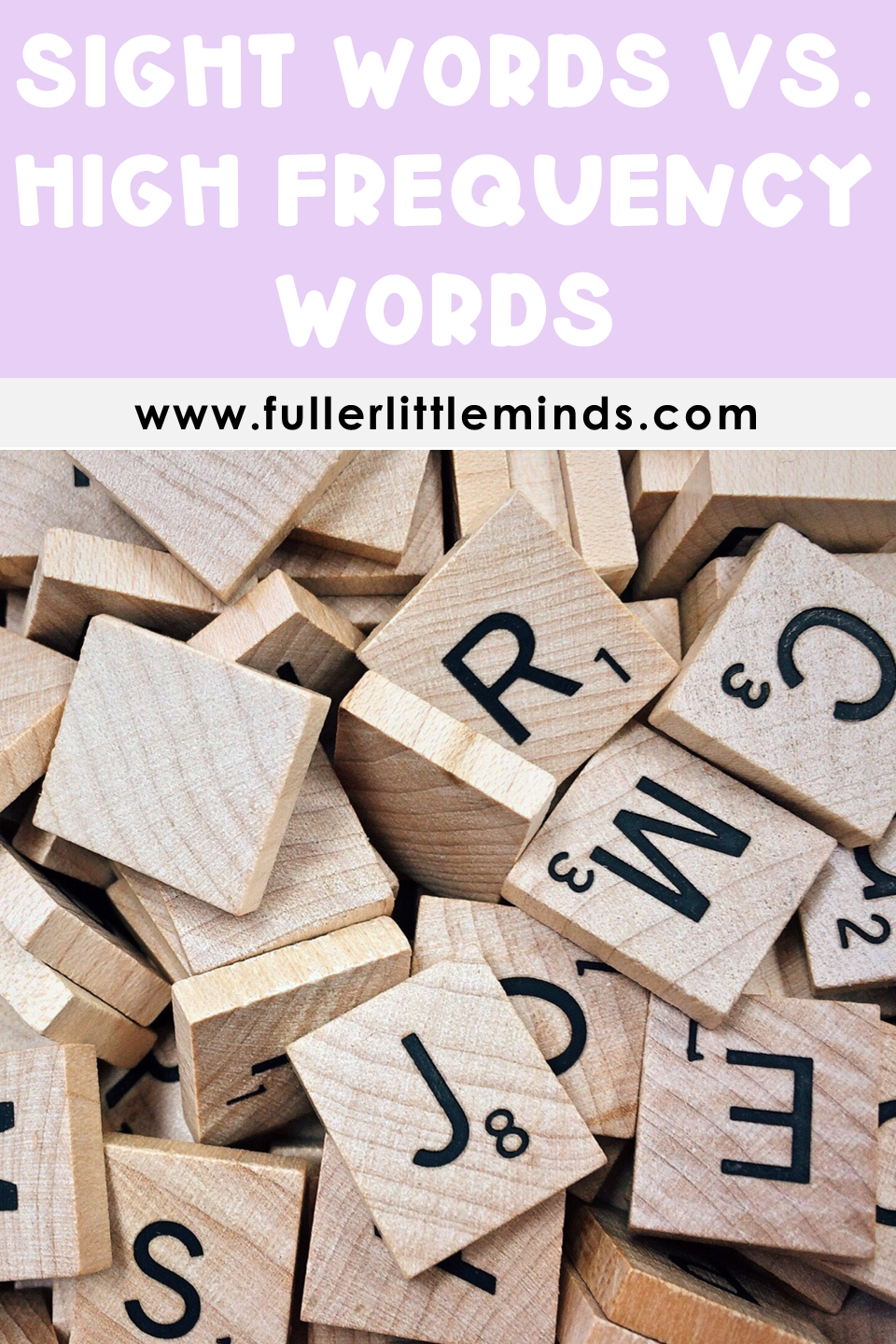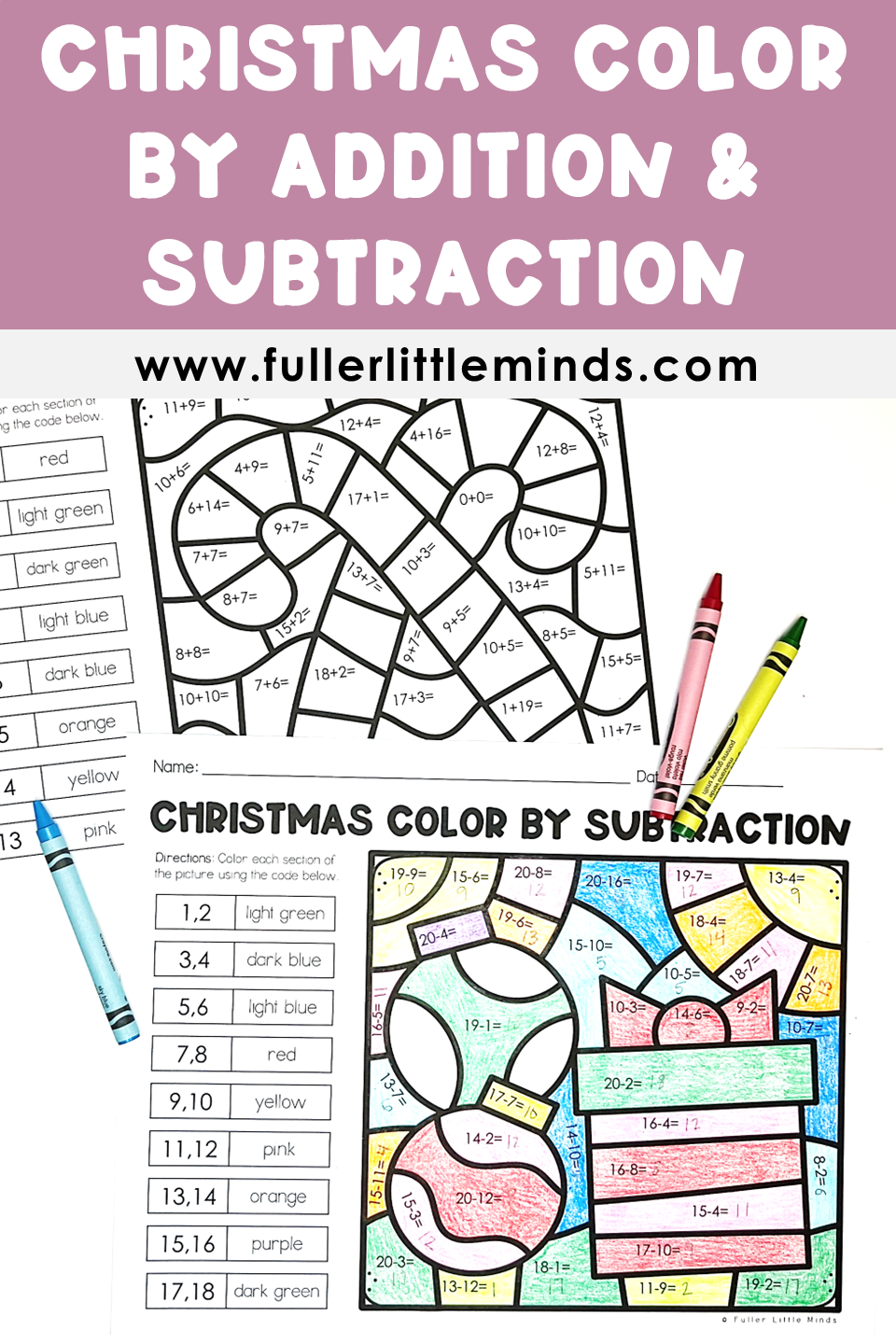Sight Words vs. High Frequency Words
Have you heard the terms sight words and high frequency words used interchangeably? SAME. Did you know that these phrases actually have different meanings?
Sight Words
Sight words are words that have been stored in our word form area for quick retrieval. Any word can be a sight word. In fact, for expert readers almost all words are sight words! Contrary to popular belief, sigh words are NOT words that have been memorized. Research shows that readers actually memorize the sounds and corresponding letters and can quickly retrieve that information in order to read the sight word as though it were memorized. Expert readers do not read whole words, they actually read letter by letter. The process, however, is so quick that it seems like we are reading whole words at a time!
You may have a list of “sight words” that you are required to teach your students. Most often, these are high frequency words that the curriculum wants students to turn into sight words.
To make a word a sight word, orthographic mapping is essential. Orthographic mapping is when we store sound to spelling correspondences in the brain. Simply reading a word over and over, writing a word over and over, or reciting the letters over and over will not store the word in long-term memory. When we understand the way the phonemes in the word (the sounds) correspond to the graphemes in the word (the letters) THEN we can store the word in long-term memory and it becomes a sight-word.
High Frequency Words
High Frequency Words are words that appear most in texts. In other words, they appear more frequently. ;)
There are 13 high frequency words that make up more than 25% of words in print. WOW. Here are the 13 words:
the
of
and
a
to
in
is
you
that
it
he
for
was
Students who are able to turn these 13 high frequency words into sight words have unlocked 25% of text! Remember, that doesn’t mean they have memorized these words. It means they understand the sound to spelling correspondence for each of these words and can quickly retrieve that information from their long-term memory.
What’s even more mind blowing than 13 words making up 25% of text? There’s a list of 109 high frequency words (along with their derivatives - look, looks, looked, looking, etc.) that make up 50% of the words children will encounter while reading.
Simply put, if students can successfully convert those 109 high frequency words and the derivatives into sight words, they will be able to read 50% of text.
What’s the takeaway?
High frequency words are words that appear frequently in text. Sight words are words that can quickly be retrieved from long-term memory using sound to spelling correspondence. Sight words can be high frequency words and high frequency words can be sight words. However, sight words and high frequency words are not the same thing.
References
Adams, Marilyn J. 1990. Beginning to Read: Thinking and Learning About Print. Cambridge, MA: MIT Press
Blevins, Wiley. 2017. A Fresh Look at Phonics: Common Causes of Failure and 7 Ingredients for Success. Thousand Oaks, CA: Corwin.
Ehri, Linea C. 2014. “Orthographic Mapping and Literacy Development Revisited.” In Theories of Reading Development, ed. K.Cain, D.L. Compton, and R.K. Parrila (pp.169-190). Amsterdam, The Netherlands: John Benjamins.
Kilpartrick, David A. 2015. Essentials of Assessing, Preventing, and Overcoming Reading Difficulties. Hoboken, NJ: John Wiley and Sons.
Willingham, Daniel T. 2017. The Reading Mind: A Cognitive Approach to Understanding How the mind Reads. San Francisco, CA: Jossey-Bass.
Further Reading
Click the images below to find the texts references in this blog post.
(These are affiliate links. When you use my links I make a small commission at no extra cost to you. Thanks for your support!)










